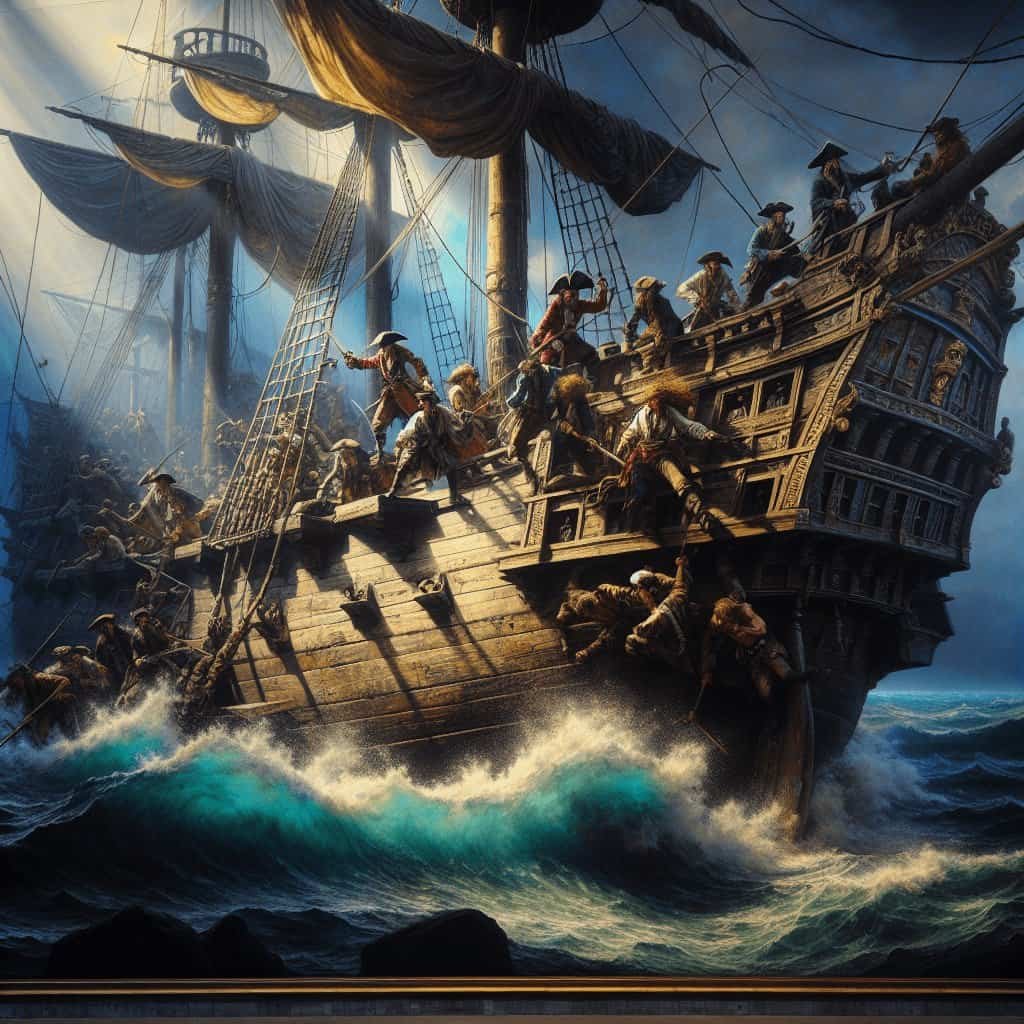Do Any Real Pirate Ships Still Exist?
The golden age of piracy conjures images of fearsome pirates, treasure-laden ships, and dramatic battles on the high seas. But centuries after pirates like Blackbeard and Calico Jack roamed the oceans, one might wonder if any of their notorious ships have survived the ravages of time and tide. This article explores the existence of real pirate ships today, examining historical records, archaeological findings, and the stories behind these legendary vessels.
The Search for Pirate Ships
Unlike naval ships or merchant vessels, pirate ships were often not purpose-built. Pirates typically captured vessels that suited their needs and modified them for speed and armament. This makes identifying pirate ships archaeologically complex. However, several significant discoveries have been made, shedding light on the pirate era.
Notable Discoveries of Pirate Ships
- Queen Anne’s Revenge – Perhaps the most famous pirate ship discovery is Blackbeard’s flagship, Queen Anne’s Revenge. It ran aground in 1718 near Beaufort Inlet, North Carolina. The wreck was discovered in 1996, and extensive archaeological efforts have recovered more than 30 cannons and thousands of artifacts, providing invaluable insights into piracy in the early 18th century.
- Whydah Gally – The Whydah Gally, captained by the infamous pirate Samuel Bellamy, was discovered in 1984 off
the coast of Cape Cod, Massachusetts. This ship, originally a slave ship, was captured by Bellamy in 1717. Its discovery yielded over 200,000 artifacts, including gold coins, weapons, and the ship’s bell, confirming its identity and offering a snapshot of a pirate’s life.
- The Golden Fleece – The ship of the notorious pirate Joseph Bannister was found off the coast of the Dominican Republic. The Golden Fleece was identified in 2009, and ongoing excavations have revealed parts of the ship and numerous artifacts.
Challenges in Preserving Pirate Ships
The preservation of pirate ships faces numerous challenges. Many pirate ships were scuttled, destroyed, or repurposed, which makes tracing and verifying them difficult. Additionally, wooden shipwrecks deteriorate rapidly under water unless buried in sediments that prevent oxygen from accelerating decay. The preservation efforts are also costly and technologically demanding, often requiring significant funding and expertise.
The Impact of Pirate Ship Discoveries
The discovery and excavation of pirate ships have a profound impact on our understanding of historical piracy. Artifacts and ship remains offer a direct link to the past, providing evidence of pirate life, trade, and maritime warfare. These findings help historians and archaeologists piece together the economic and social conditions of the time.
Conclusion: The Legacy of Pirate Ships
While the romantic image of pirate ships sailing the Caribbean is long gone, the ships that remain offer a treasure trove of historical data and continue to captivate the public imagination. The discoveries of ships like the Queen Anne’s Revenge and the Whydah Gally not only confirm historical accounts but also enrich our understanding of piracy’s role in maritime history. As underwater archaeology advances, perhaps more pirate ships will emerge from the depths, bringing with them more secrets from the age of pirates.
In conclusion, while few pirate ships have survived into the modern era in their original form, those that have been discovered provide invaluable insights into the past. These findings underscore the importance of preserving and studying these maritime relics to better understand the complexities of historical piracy and its impact on world history.
